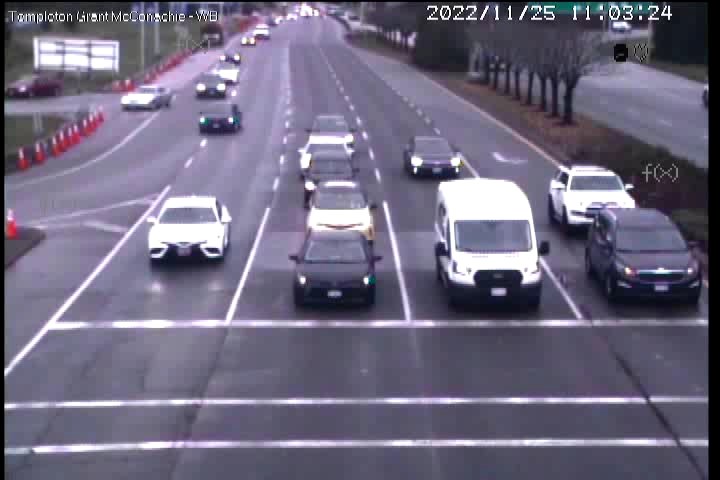Roads where cars go 50 kilometres per hour can actually handle almost double the traffic of roads with 60- or 70-kilometre speed zones.
This might seem “counter-intuitive,” explained Richmond’s director of transportation Lloyd Bie, but some American studies have shown roads with a 50-kilometre speed limit can handle about 900 cars per hour, whereas roads with higher limits can handle about 500 cars per hour.
City council’s public works and transportation committee was discussing whether to lower speed limits on all roads within Richmond’s jurisdiction to a maximum of 50 kilometres per hour, something that was in the end supported by all committee members.
There are four stretches of road in Richmond that allow vehicles to travel 60 kilometres per hour, but some of these have been identified as high-crash areas.
These four road sections are the stretch on No. 6 Road between Cambie Road and Westminster Highway, Westminster Highway between No. 4 and No. 6 roads as well as from Nelson to Highway 91, along Vulcan Way from No. 6 Road going west almost to Bath Slough as well as on Alderbridge Way between No. 4 and Shell roads.
More traffic enforcement cameras wanted
The committee also voted unanimously to ask the province to install more traffic enforcement cameras within the city – something that’s under provincial jurisdiction.
Currently, there are 10 cameras in Richmond for catching scofflaws – one to catch speeders, at the intersection of Cambie and Garden City roads, and nine for vehicles that run red lights.
City council approved and installed 176 traffic cameras two years ago to monitor traffic and collect traffic data, but the city isn’t allowed to use them to catch speeders or vehicles that run red lights.
Coun. Bill McNulty said he’s supportive of asking the province to add more traffic enforcement cameras.
“Nine’s great but 175 would be even better,” he said, adding he would be even amenable to them being paid for by the City of Richmond.
Coun. Michael Wolfe said, while he’s supportive of the current network of cameras for data collection at a low-resolution, he wouldn't want that necessarily expanded to allow them to do more.
“I would be hesitant to support opening up to the high-definition and potential invasion of privacy of citizens and road users,” Wolfe said.
When the cameras were approved by city council three years ago, a staff lawyer with the B.C. Civil Liberties Association (BCCLA) told the Richmond News that the issue of privacy in a public place is not black and white. Various court decisions have shown that the public is allowed a certain level of anonymity even while in public.
McDermott said at the time that if faces and license plates weren’t blurred out from traffic camera data, the information could be used maliciously or just for general state surveillance.
The privacy commissioner recommended the data be handled by the city rather than Richmond RCMP, unless there is an emergency such as an abduction.



